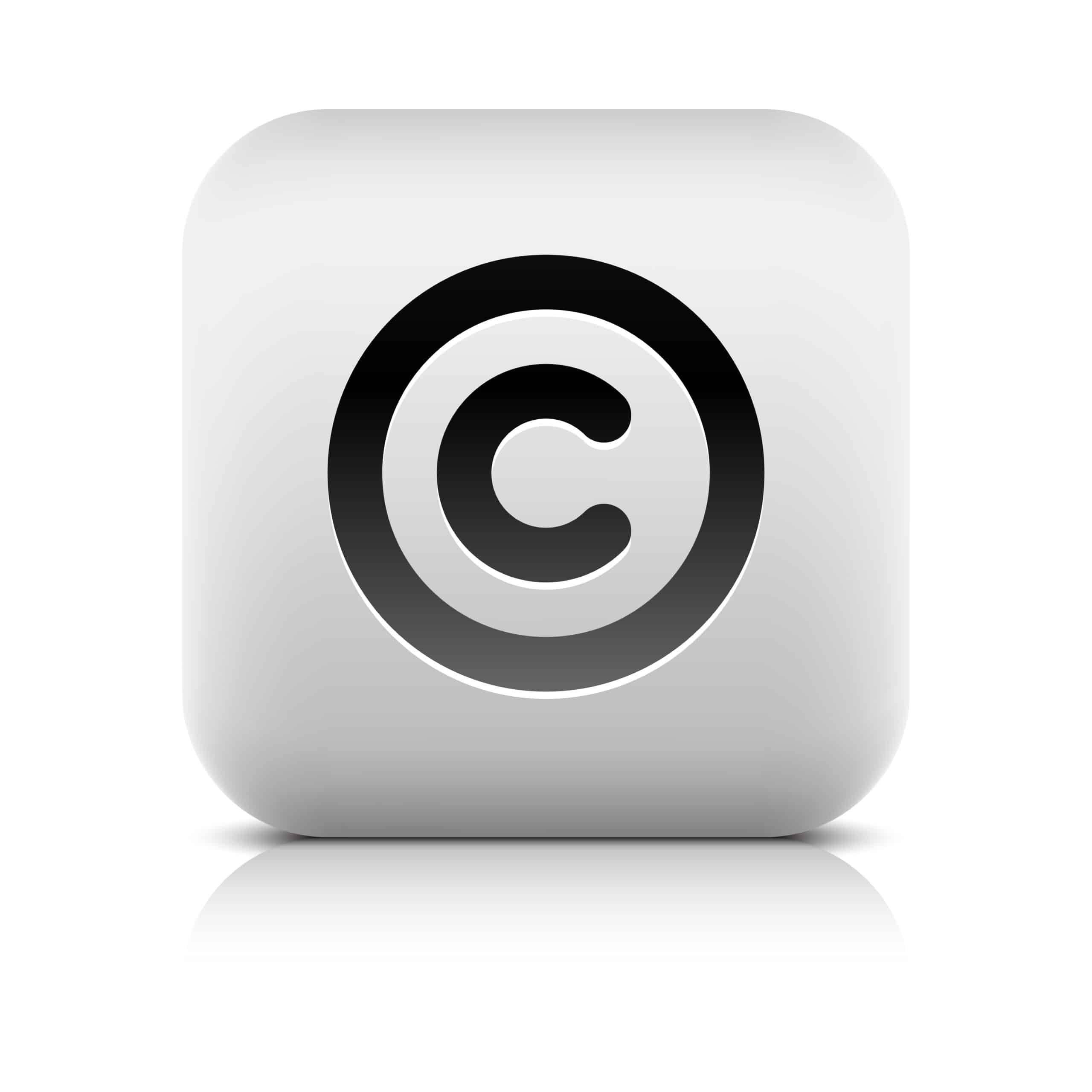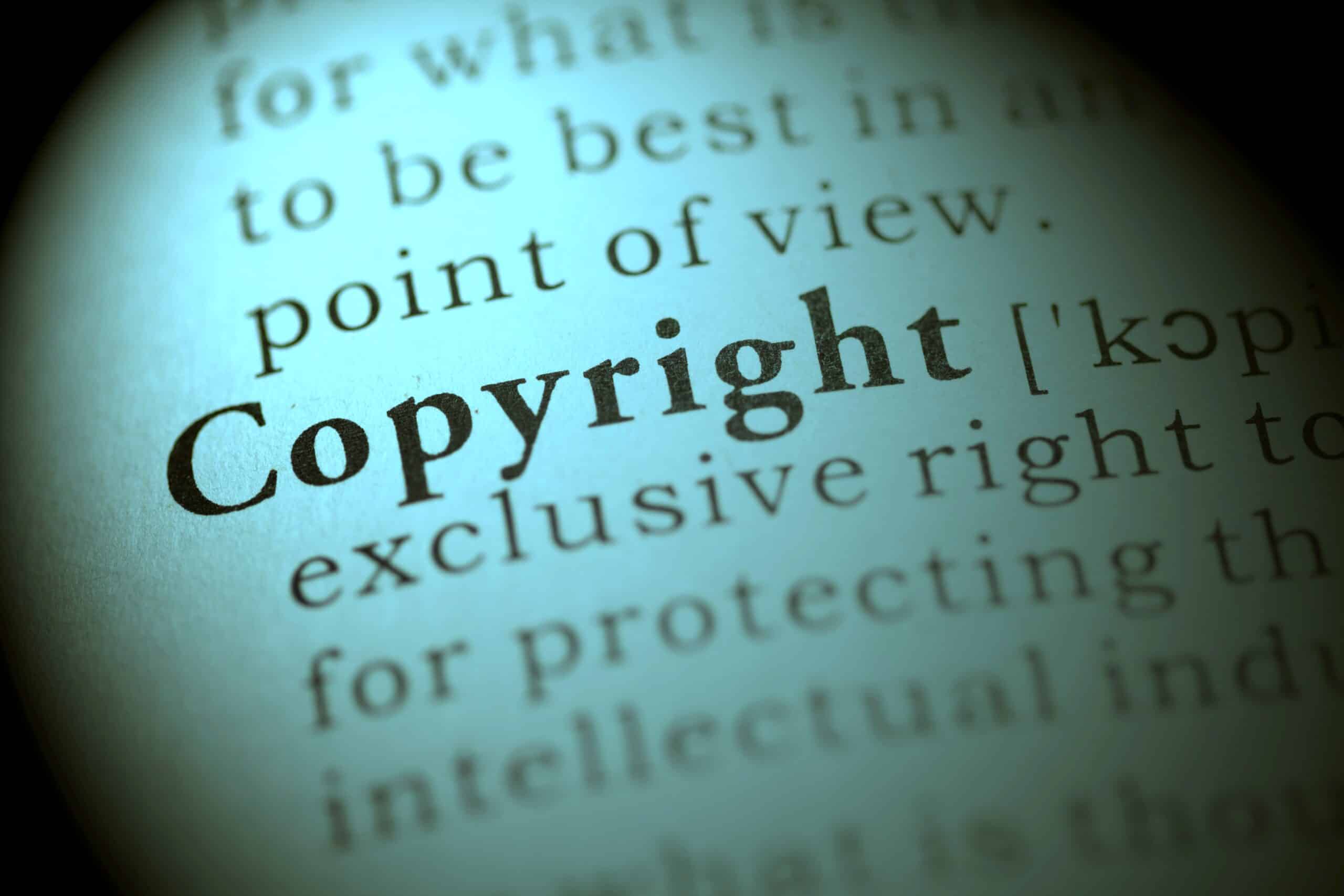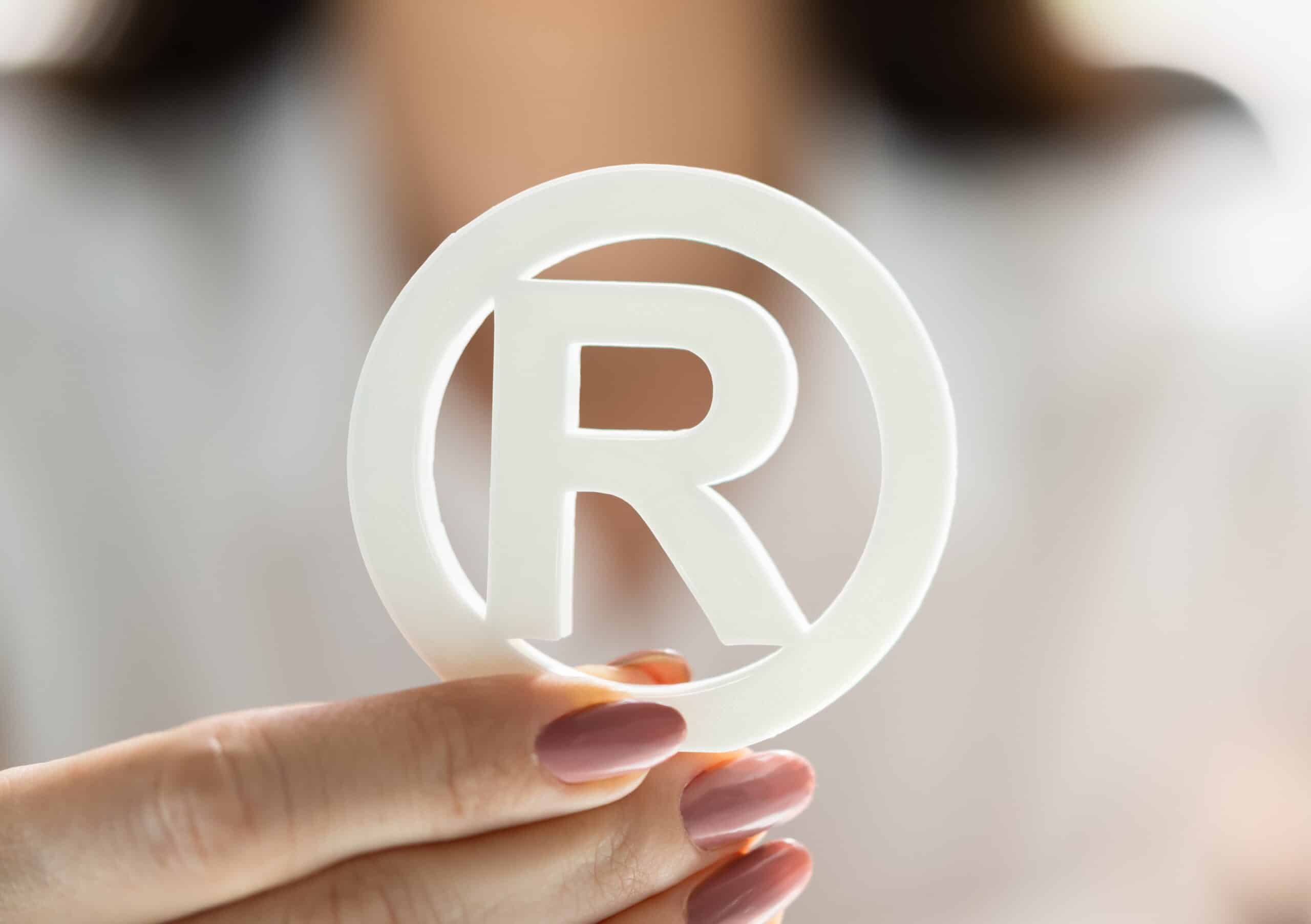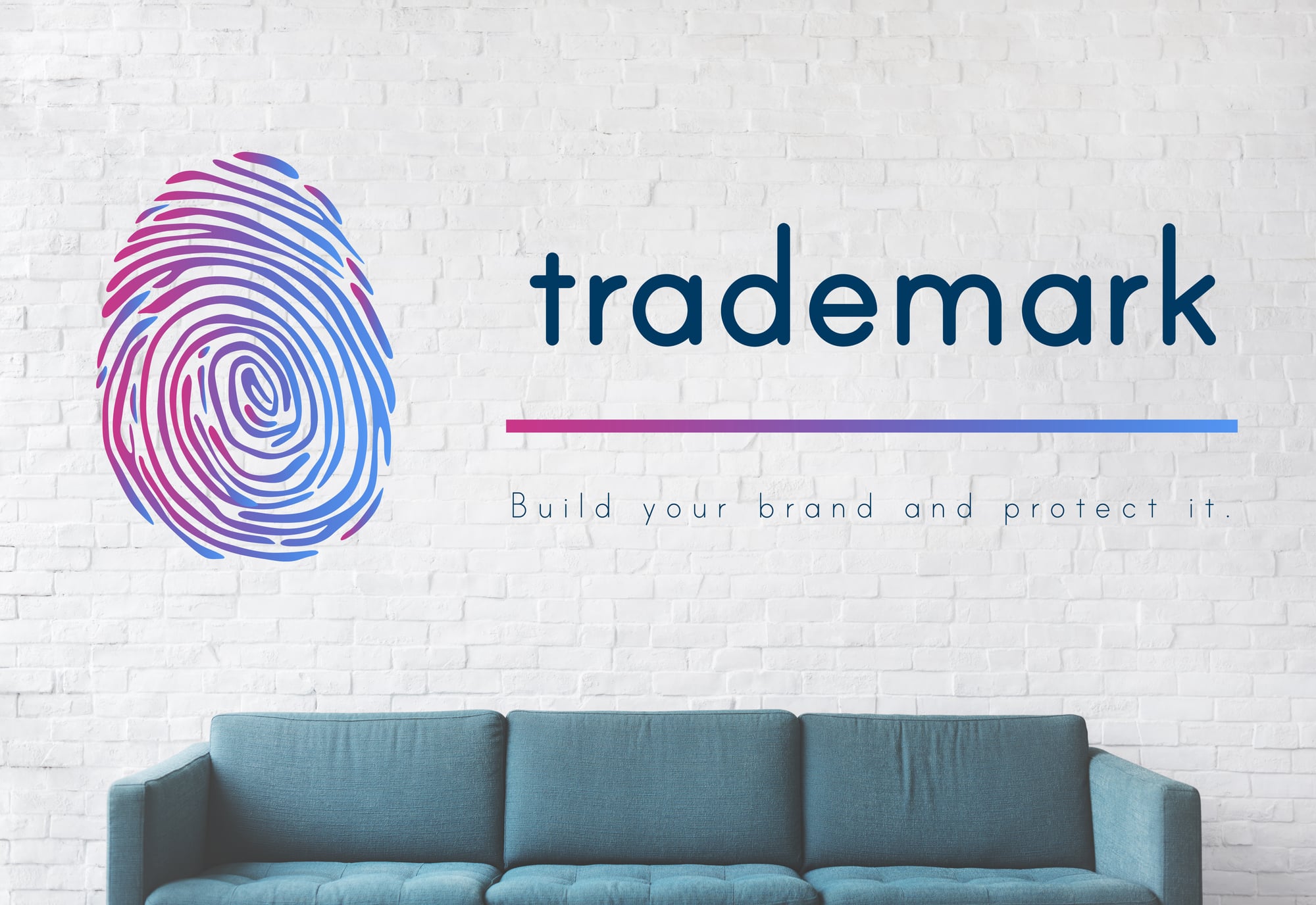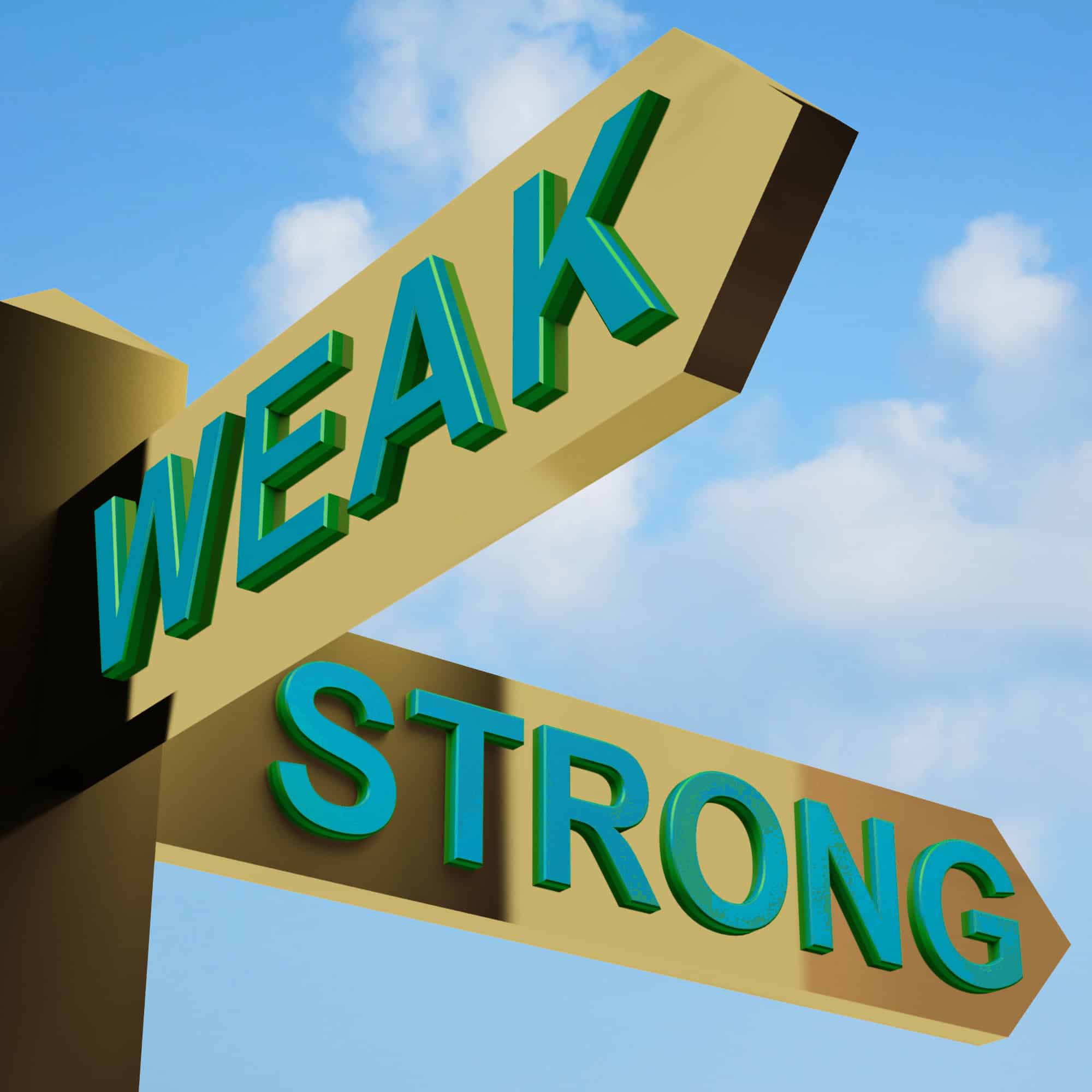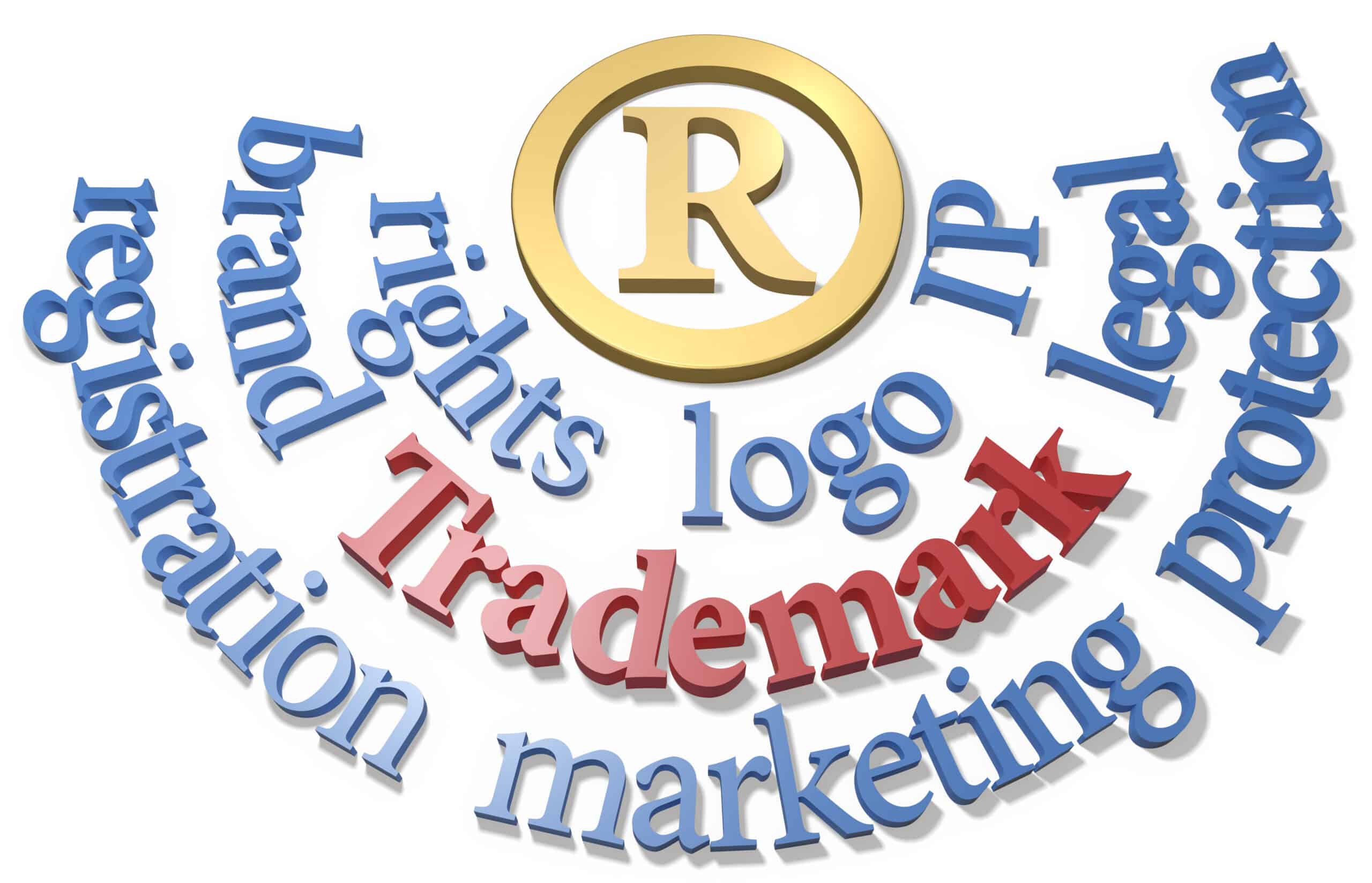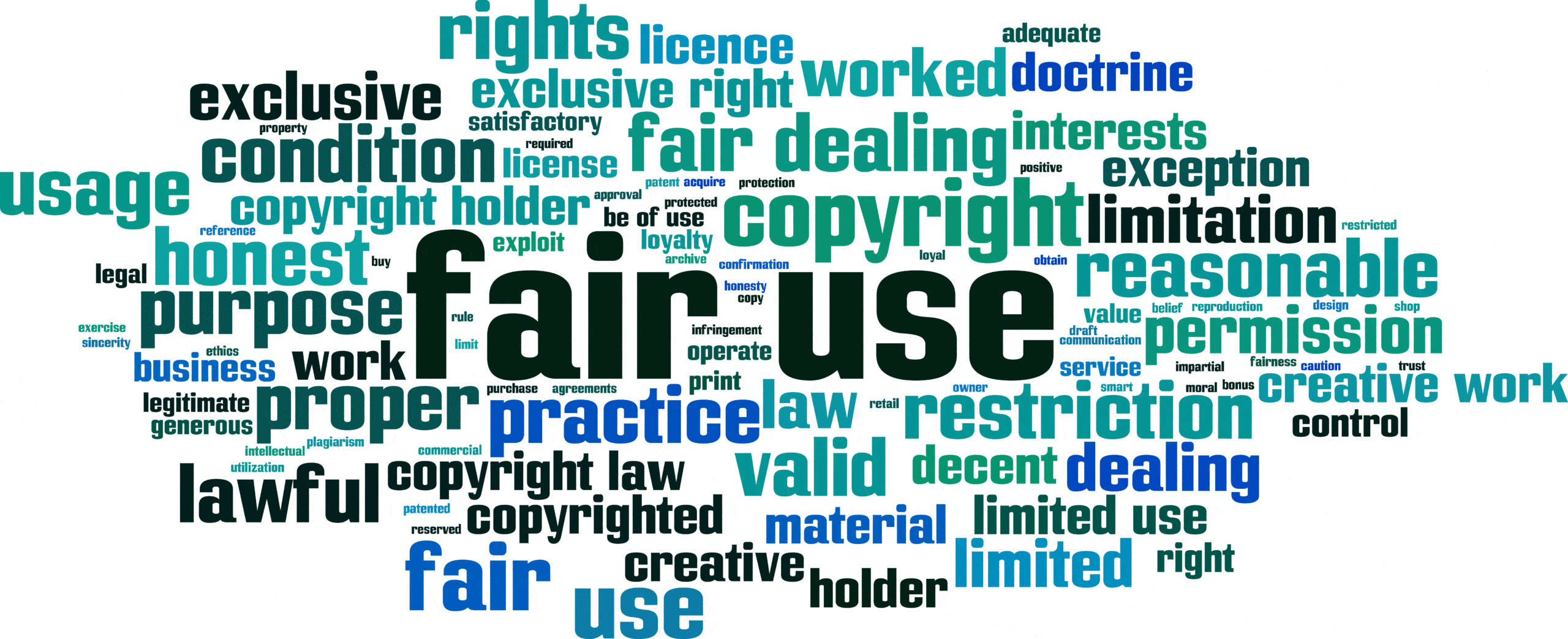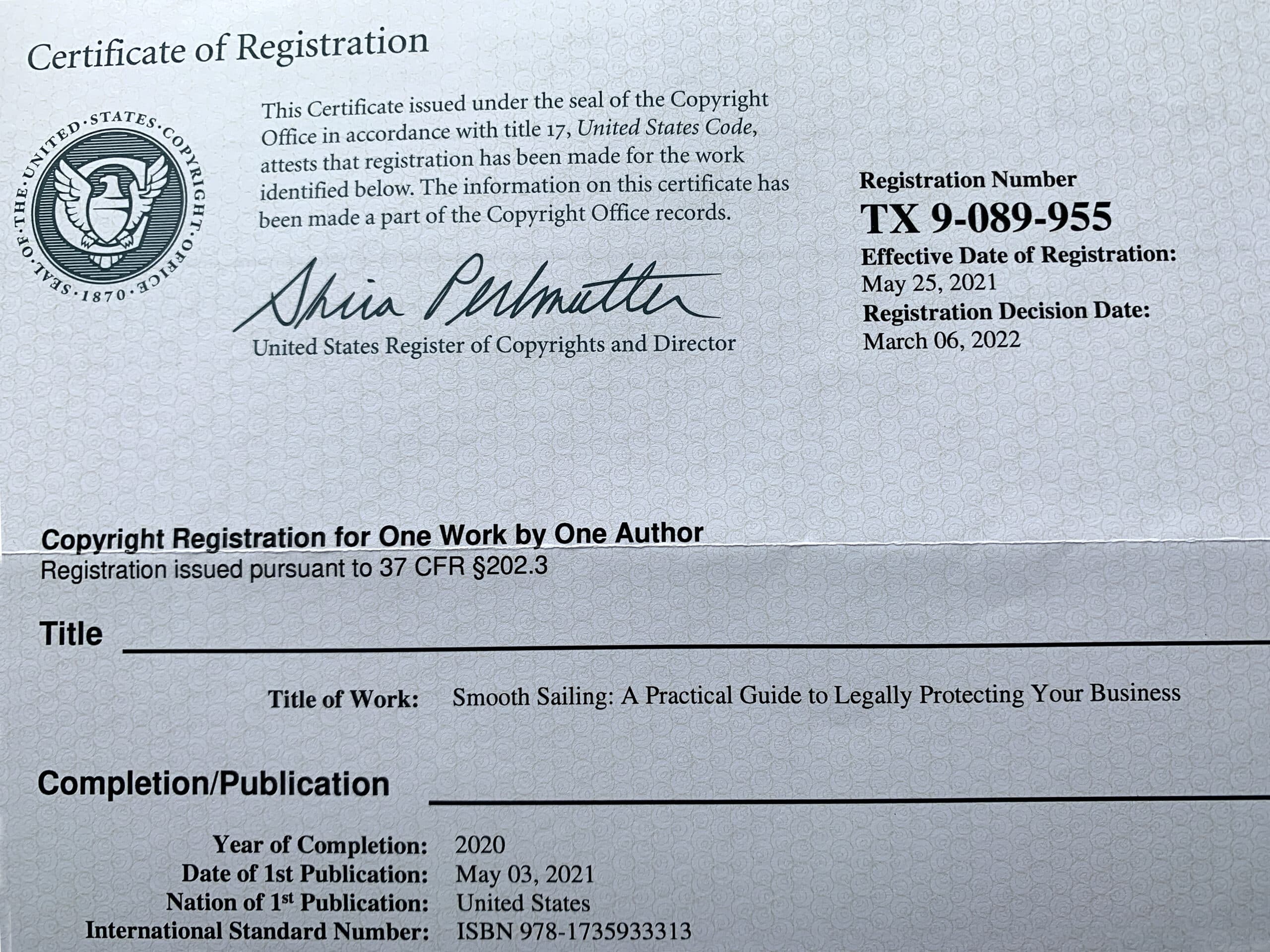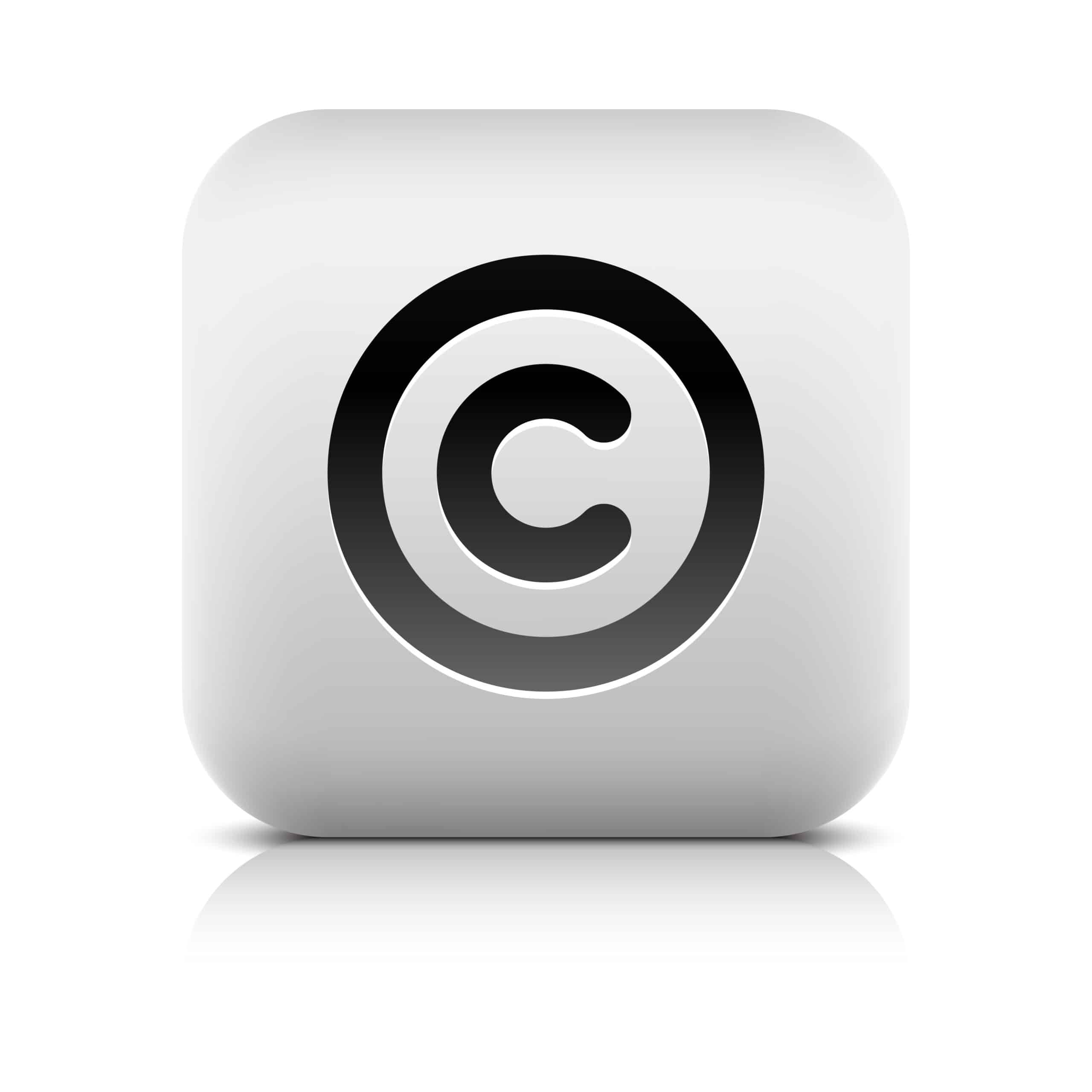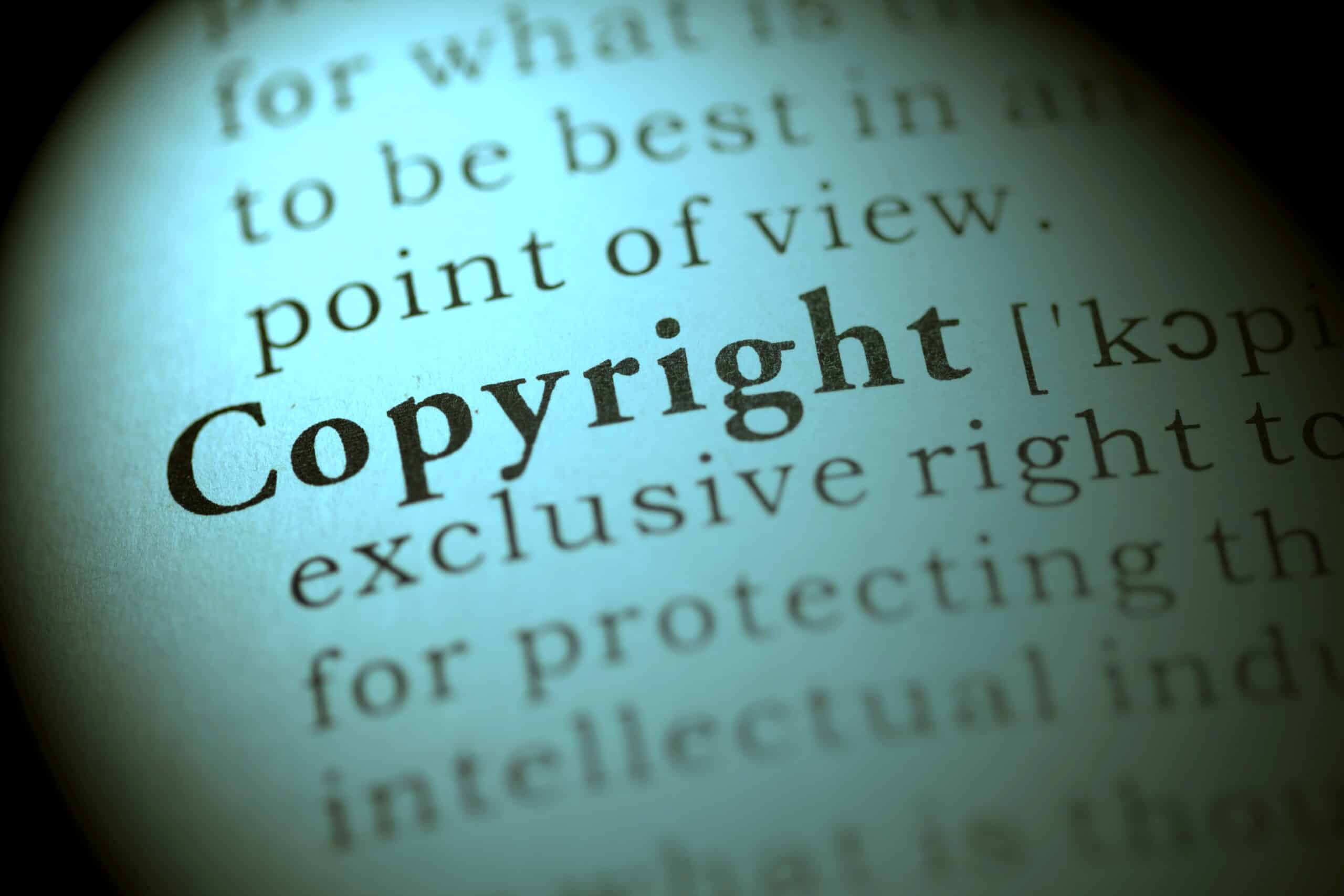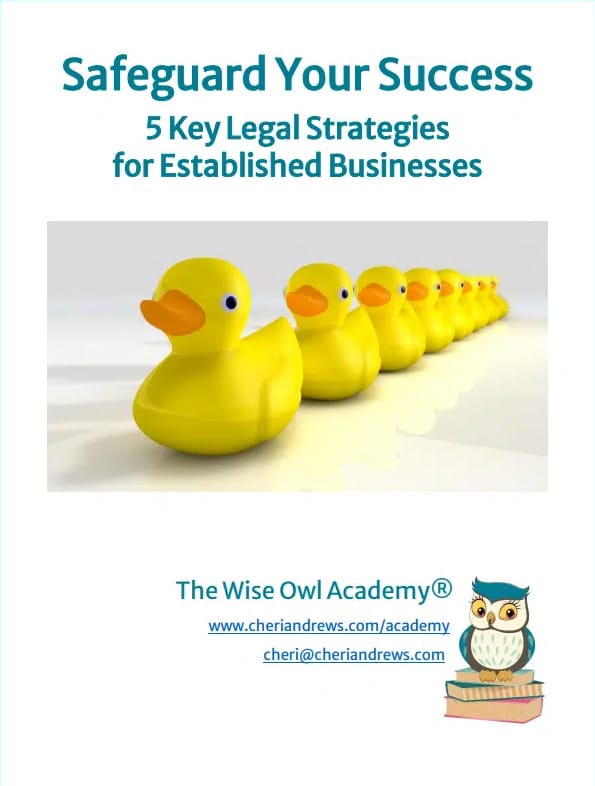Copyright Basics for Small Business
Copyright is widely misunderstood by small business owners. And it’s no small wonder! Most small business owners are not taught about copyright. Copyright isn’t generally discussed in small business seminars. If it is, it is brushed over so broadly that it is hard to understand the importance. In this article, we discuss copyright basics for small business. Specifically, what copyright is and what is subject to copyright protection.
But, before we dig into exactly what copyright is, let’s get one distinction straight. Copyright v. Copywrite. Copyright (with an “r”) is the intellectual property right in creative expression. That’s what we’re talking about here. As opposed to Copywrite (with a “wr”) which literally means writing copy. Copywriting includes advertisements, blog posts, and articles for marketing and social media. Copywriters are professionals who write the words, phrases, taglines, sentences, and paragraphs used to sell products and services, usually on behalf of others. So let’s not confuse these!
What is Copyright?
Copyright refers to a bundle of exclusive intellectual property rights in creative expression granted to the creator (the copyright owner). The creative expression is commonly referred to as the “work”. These rights arise automatically when the creator fixes the work in a tangible medium. As a small business owner, you automatically receive copyrights for your blog posts, social media graphics, images, courses, books, advertising copy, etc.
These rights include:
-
Reproduction
– is the right to make copies. This is the most important right a copyright owner gets. And this right applies to all types of works.
-
Adaptation
– or “Derivative Works” is the right to use the work to create something new. For example, when a novel is adapted to a movie or a book is translated into another language. As the owner of this right, you may license the ability to adapt your work. This creates some very lucrative downstream markets. After that, a derivative work may obtain its own copyright protection.
-
Public Distribution
– is the right to sell or transfer ownership or rent, lease, lend (or give away) your Work to the public at large. You list your book on Amazon so people can buy it. That is public distribution. The right of public distribution protects the copyright owner against someone else selling infringing copies.
-
Public Display
– is the right to show the Work in public. This right usually refers to things like displaying a painting or sculpture in a museum or gallery. But in the case of a small business owner, this right applies to displaying your book in a bookstore. Only you have the right to decide when and where your book is displayed.
-
Public Performance
– is the right to perform the Work. Typically when we think about public performance, we think about performing a play on Broadway or showing a movie in a theater. In the case of a book, this is the right to do a public reading. Public performance applies to literary, musical, dramatic, choreographic, motion picture, and audio-visual works. It does not apply to the fine arts – pictorial, graphic or sculptural works.
-
Digital/Audio Transmission
– is the right to broadcast a work to the public. This includes radio, television, and podcasting. It does not apply to literary or artistic works.
Your copyright lasts for your lifetime plus 70 years. So, you can pass your copyright to your heirs. And then they can continue to receive royalties, license the work, and take advantage of your rights. After that, your work moves into the public domain.
What types of Work are subject to Copyright protection?
Copyright protects original works of authorship fixed in a tangible medium, including literary, dramatic, musical, and artistic works. The protection covers the author’s creative expression, but not the facts or ideas underlying that expression. That’s a mouthful, but what does it really mean for you as a small business owner? Let’s unpack the terms “original works of authorship,” “fixed in a tangible medium,” and “creative expression” to help you understand the basics of copyright.
“Original works of authorship”
means the work must “originate” with the author as an independent creation. It can’t be a copy from something already existing. AND the work must embody a modicum or spark of creativity. It’s a very low threshold, but basically means the labor involved in creating the work isn’t enough to confer copyright protection. So the time you spend gathering a list of the best business apps is not enough if you just post the list. Instead, include some original content and thought about the items on the list. The original content gets the copyright protection!
“Fixed in a tangible medium”
means that you’ve taken the expression of your thoughts and ideas out of your head and recorded them somehow. A tangible medium is something you can see, touch, or hold in your hands. You can’t see or touch your thoughts or ideas. There are a number of ways to “fix” something in a “tangible medium.” You can record a photographic image on the drive of your camera or cell phone. Your can record a blog post or Facebook Live video as a file on your website page. Your can record a poem you wrote on paper or in a document file on your computer. You can model a sculpture in clay. These all qualify as “fixed in a tangible medium.”
“Creative Expression”
is the sole domain of copyright law. It protects your creative ideas that are expressed in some format. Copyright does NOT protect ideas – it protects the creative expression of those ideas. If the ideas are still in your head, there is no copyright protection. If you share your ideas with someone else in a conversation, there is no copyright protection. That is, unless you happen to have recorded the conversation. Because if you recall, the expression must be “fixed in a tangible medium”.
To summarize, Copyright does NOT protect facts or data. For example, if you write a blog post comparing three different email marketing platforms, the underlying FACTS are not protected. Facts such as the names of the platforms, the features on each, the price of the service are NOT protected by copyright. Anyone can visit your website and freely take and reuse that information. What is protected is the creative expression. This includes the words you use to describe the user experience with the platform, how it operates, and your arrangement of the pros and cons of each platform.
This is an overview of what copyright actually is and what it protects. Watch for our next post on HOW to protect your copyrightable assets.
If you would like help protecting your copyrightable assets, book a free consultation now!


